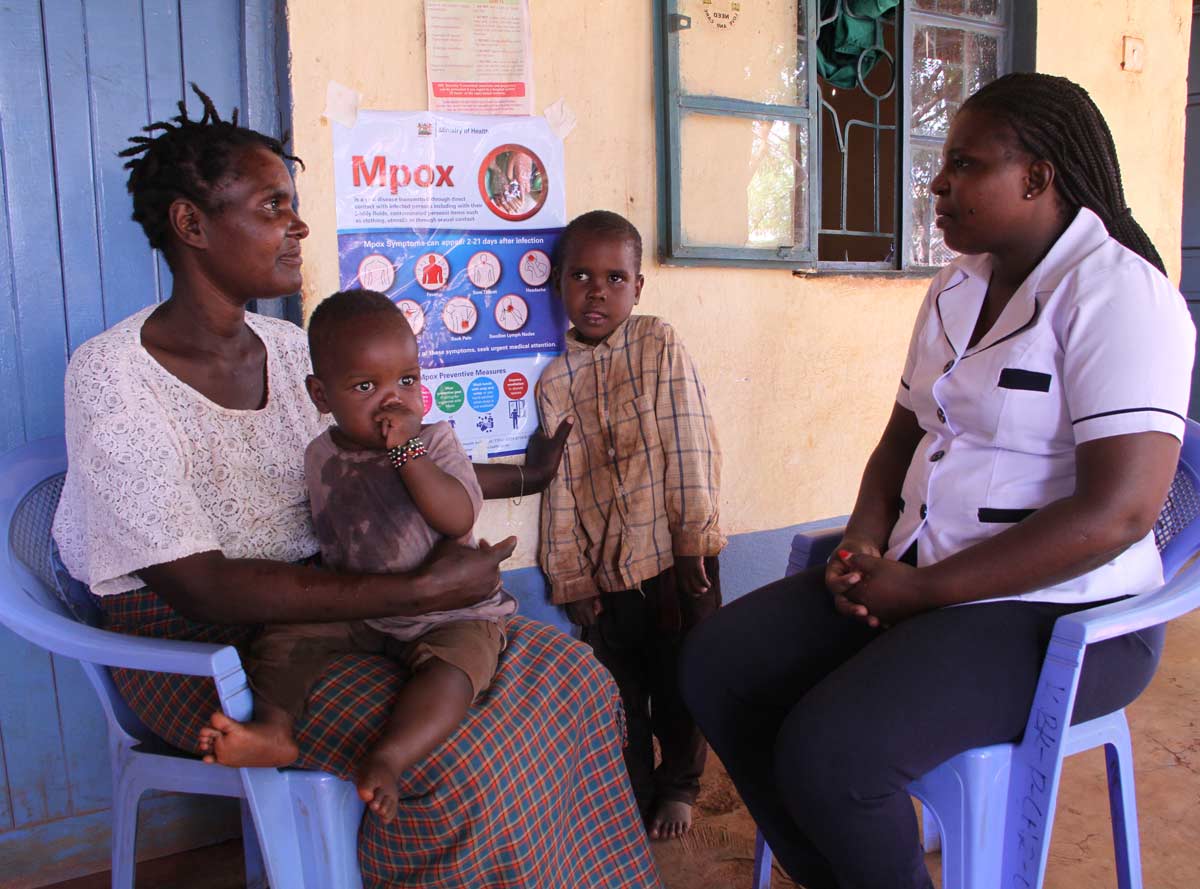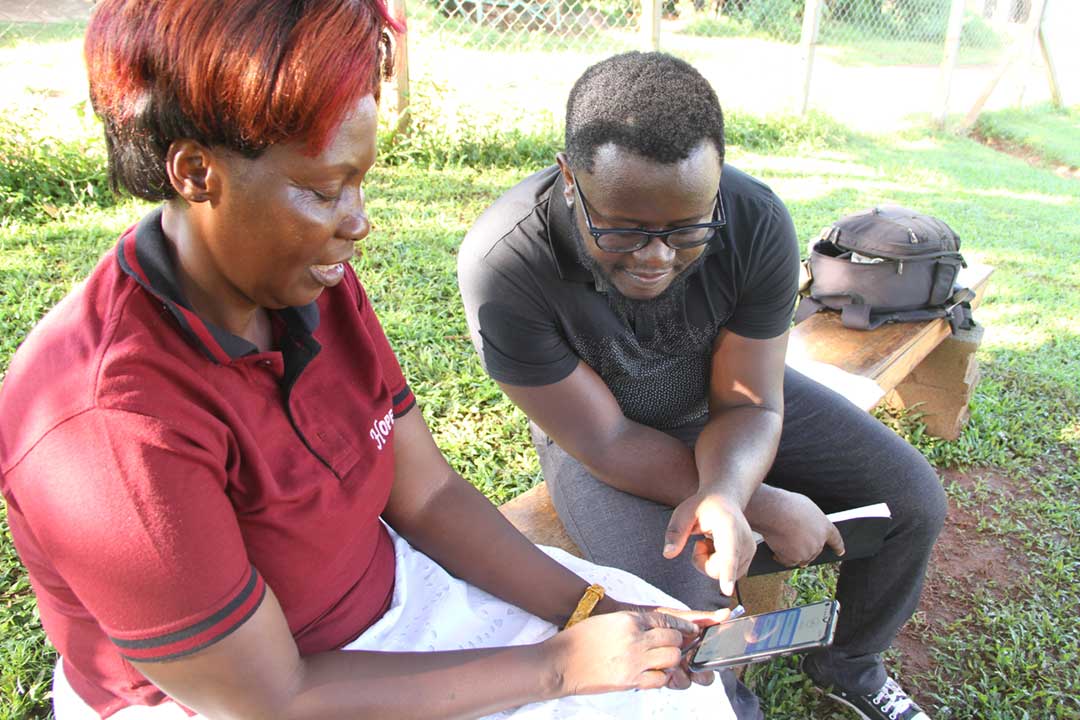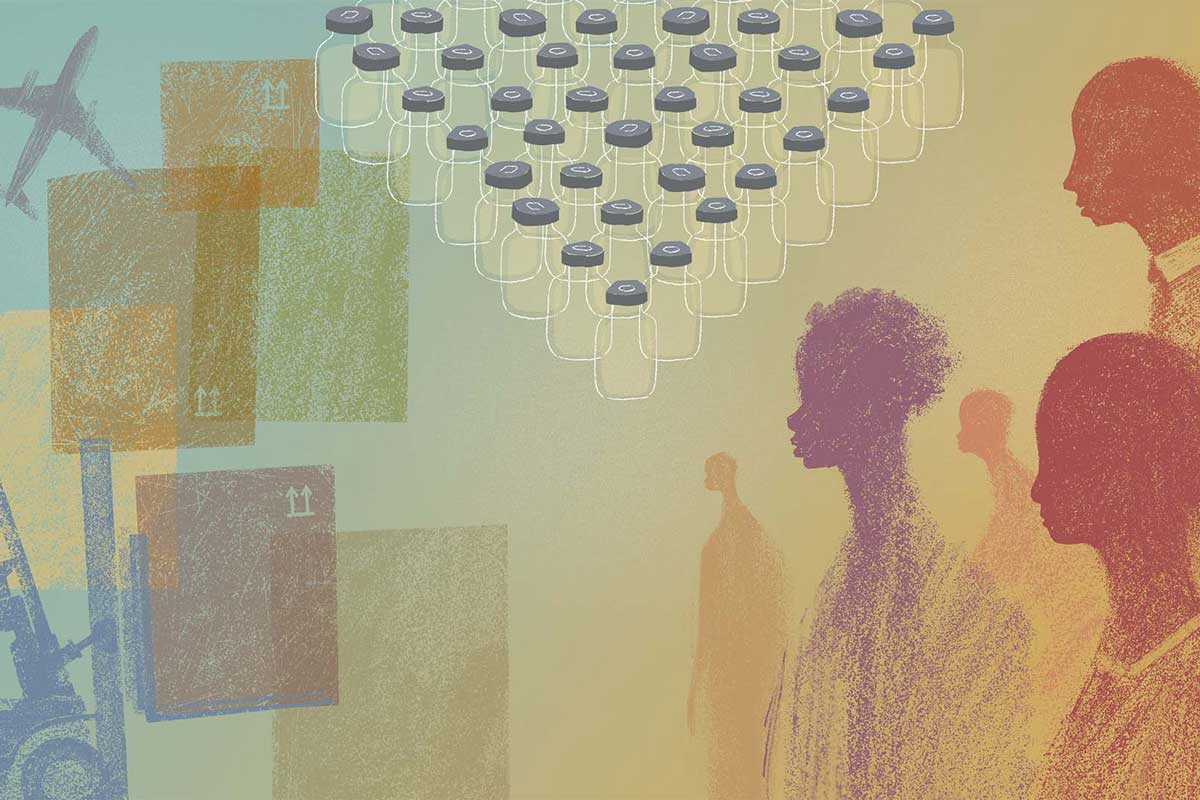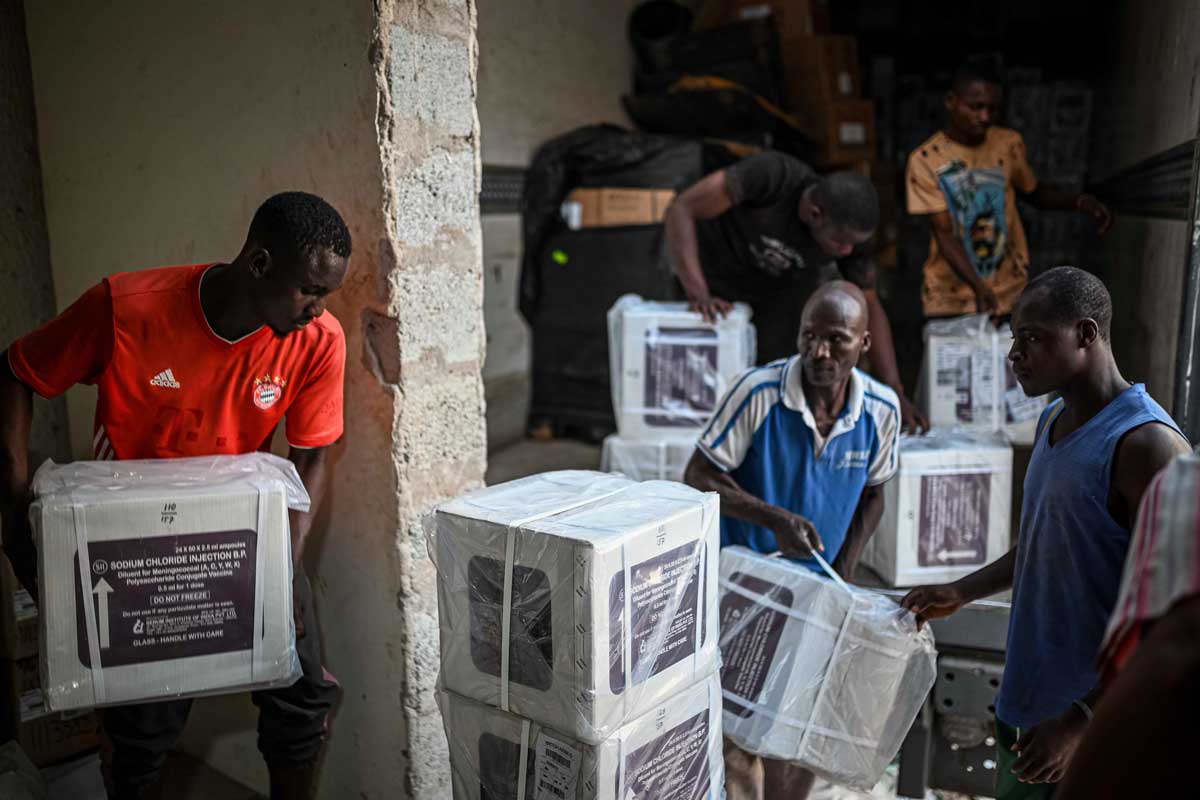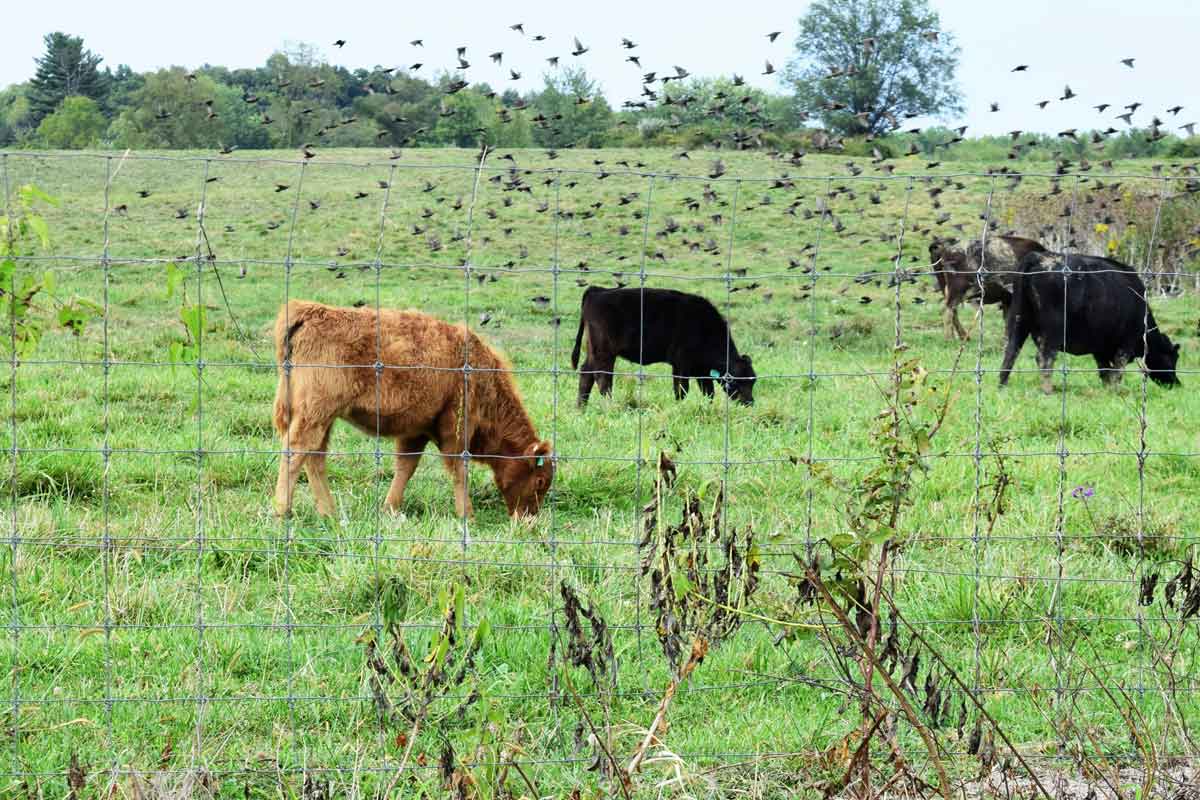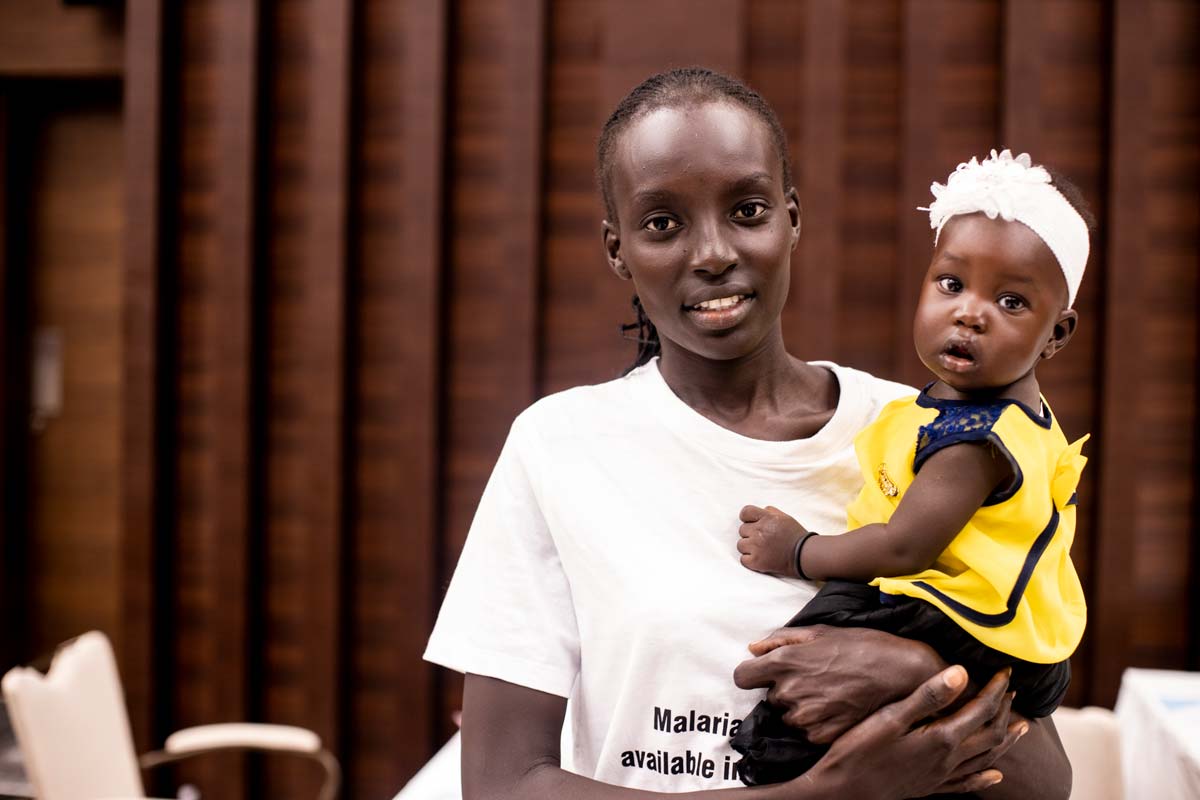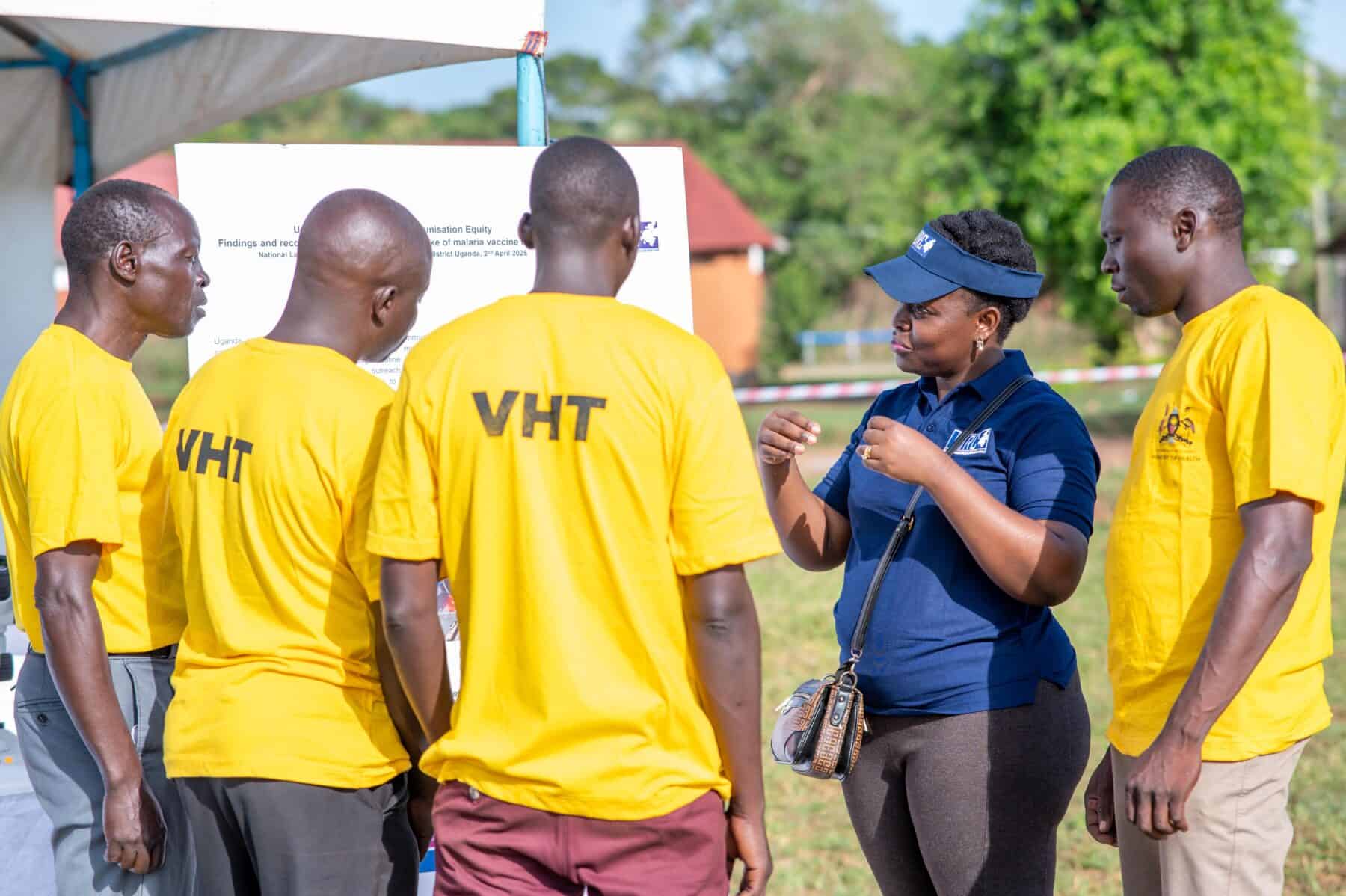Facial recognition for dogs? In Tanzania, it’s helping keep track of rabies vaccination
Microchipping is expensive; paper vaccination booklets can get lost or swapped. So how can vaccinators ensure canine community members aren’t at risk of contracting – and transmitting – rabies? There’s an app for that, learns James Karuga.
- 23 April 2024
- 6 min read
- by James Karuga
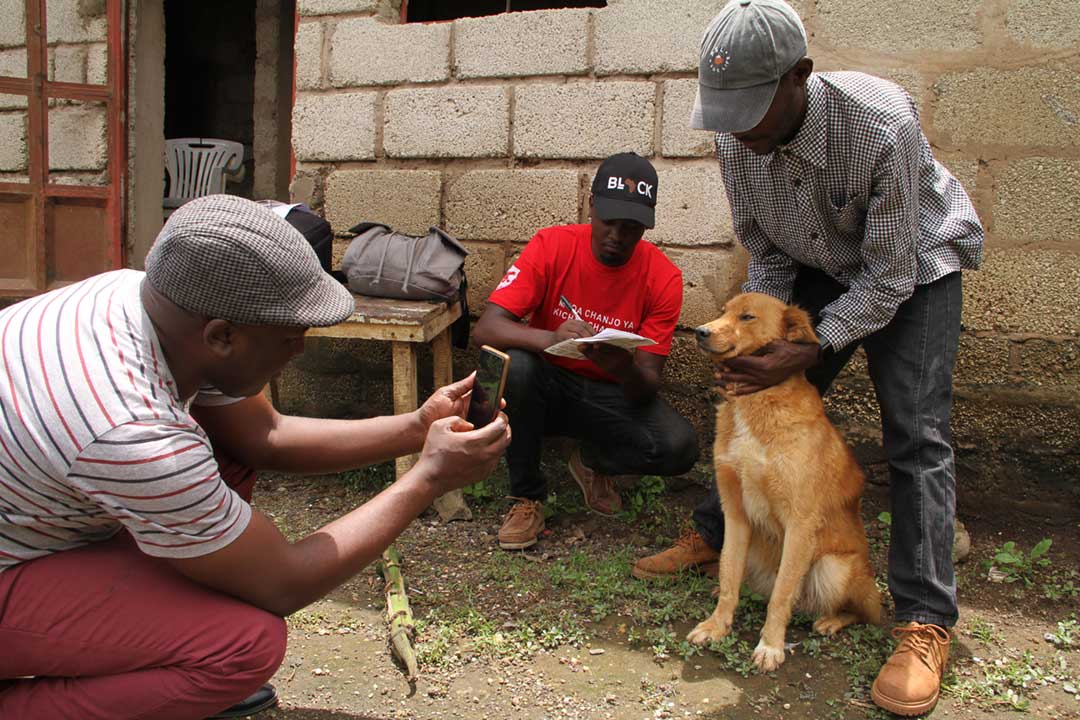
On a typical day, Godbless Filex, a rabies vaccinator, enters a home accompanied by a data collector and instructs the owner on how to restrain the dog he's here to see. The data collector uses a smartphone app equipped with facial recognition technology to take the dog's photo. He makes sure there's shade, so sun splashes don't distort the image, and that the dog's nose is pointing forward at the camera, with his eyes, ears, and mouth all at a neutral angle.
Then, the dog's photo is stored alongside its name, age, sex, registration number, coat colours (primary and secondary), a general physical description, and list of visible scars or abnormalities. The owner's personal details and location are also recorded. Filex administers the jab, and that record is added to the dog's profile.
Rabies can have a long incubation period in humans, and the disease can be tricky to diagnose, so accurate data on outbreaks, exposure and fatalities is not easy to collect.
Helping vaccinators like Filex keep tabs on which dogs are vaccinated and which dogs are at risk is vital, both if a rabies outbreak occurs, and during the yearly canine vaccination campaign. Snapping a new photo of the dog pulls up records already in the database, confirming whether the dog in question is up to date.
Ninety-nine percent of cases of human rabies – which is, in the absence of vaccination, universally fatal – come from dog-bites. Tens of thousands of people are thought to die of rabies each year, with a 2014 study estimating 3.6 people per 100,000 die each year in rural Africa. In Tanzanian villages alone, that would suggest at least 1,500 human rabies deaths a year. The canine vaccine is highly effective, and successfully controlling rabies in the dog population would buffer humans from risk. But reliably covering an often roving canine population presents thorny challenges.

Credit: James Karuga
This new facial recognition technology, supported by PiP My PetTechnologies, is being piloted by about 100 vaccinators, mostly in northern Tanzania and Arusha city, and is proving promising for use in rabies-endemic countries with rural or lower-income communities. For such communities, it's impractical to tattoo or collar dogs, and too costly to spend $1 to microchip, says Professor Felix Lankester of Washington State University, the Principal Investigator on the pilot study.
Saving lives
According to Dr Ahmed Lugelo, an epidemiologist and Rabies Free Tanzania project manager at Global Animal Health Tanzania, the facial recognition technology is particularly helpful for identifying the rabies vaccination status of domestic dogs among the rural agro-pastoralist communities in northern Tanzania, that keep them to protect their livestock from wild animals like hyenas and jackals.
Unlike in the urban areas, dogs there are many and freely roam – which makes them at risk of being bitten by other rabid dogs or wild animals.
Have you read?
The facial recognition technology is also helping to keep dog owners accountable when their potentially rabid dogs bite people. In the traditional record-keeping system, after a dog is vaccinated, the owner is given a vaccination certificate as evidence. But there have been incidents where rabid dog owners take certificates of vaccinated dogs and show them to claim an unvaccinated dog was vaccinated against rabies, with the aim of evading responsibility and prosecution.
"The implication is that this person will not seek the [post-exposure vaccination and] treatment. We have seen people dying of rabies because of this misinformation. So [the facial recognition technology] is helping to provide accurate information on the vaccination status of the dog," Lugelo told VaccinesWork.
He recounts a chilling story. A boy was bitten by a rabid dog while coming from school. The dog's owner claimed, falsely, that the animal was vaccinated. The boy's parents, reassured, didn't take the boy to hospital right away, though a post-exposure vaccination as part of a rapid, responsive treatment would almost certainly have protected him from the advance of the virus. Within three weeks, the boy had developed rabies symptoms. At hospital, he was initially misdiagnosed with malaria. Then the mother disclosed the boy had been bitten by a dog. By then, it was too late. The child died.
According to Lugelo, most rabies victims are children, and the father makes the decision if the child is to be taken to the hospital. "It pained me a lot when I found there was cheating, but also poverty… rabies is a disease of the poor," Lugelo said with sympathy. "When that happens to children who are innocent, and they die of rabies at a low age, that pains me."
Saving money
A reliable dog vaccination tracking system is not only safer, but also more efficient. In Tanzanian rural regions where dogs freely roam and often look alike, where no such biometric tools are in play, some dogs are repeatedly vaccinated, unknowingly, because there was no way to differentiate them. Consequently, the rabies vaccine was wasted, and the yearly vaccination exercises became costly.
Currently the facial recognition technology has a success rate of 76.2% at identifying vaccinated dogs and 98.9% at identifying unvaccinated dogs. According to Lankester, the researchers are working on improving the technology after raising funds. The improvements will ensure the technology is usable in remote rural regions without internet, where data collectors at present resort to referencing vaccination certificates for registration numbers, to identify dogs unvaccinated against rabies.
The team will also continue to train the data collectors to take better photos, to enable them to more reliably match them with the dogs. Although the technology has worked on a smartphone with a 5-megapixel resolution camera, Lankester advises that it would also work better on a higher-spec phone.
Under-estimated danger
According to Lugelo, human rabies exposure in Tanzania is likely higher than typically-cited estimates, because the rabid dog bites and disease cases are vastly underreported. In the northern Tanzanian Mara region, where he mostly works, 2,000 to 3,000 animal bite victims are exposed to rabies yearly, he says.
Most were saved by timely administration of post-exposure prophylaxis. Before his organisation started their anti-rabies intervention there, 20 to 40 people died of rabies each year. But since 2020, that rate has shrunk massively – there have been just three rabies deaths in the four years since.
Rabies can have a long incubation period in humans, and the disease can be tricky to diagnose, so accurate data on outbreaks, exposure and fatalities is not easy to collect. Most anti-rabies interventions are being carried out by NGOs or veterinarians, who organise themselves at community level during outbreaks.
The country's rabies control efforts also depend on dog-lovers. Sarah Eliphas Malleko, who lives in Kimandolu, an Arusha suburb, is diligent at ensuring her dog, Kuskus, is vaccinated regularly. She started keeping dogs six years ago, after her shoes and clothes kept being stolen from her compound. That stopped after she got two dogs, which would bark and alert her when intruders snuck in.
With her dog vaccinated, she is at peace that if it accidentally bites someone, they won't be infected by rabies, and she won't incur the cost of having them treated, be prosecuted, or worse, be implicated in their death. She is wowed by vaccinators taking a photo of her dog and recording other details on a smartphone while vaccinating.
"We appreciate and don't oppose the new technology. As technology advances it brings great progress and we have to move with the times. I encourage other dog owners to not be doubtful of it, since nothing wrong has happened to my dog," a chuckling Malleko told VaccinesWork.
